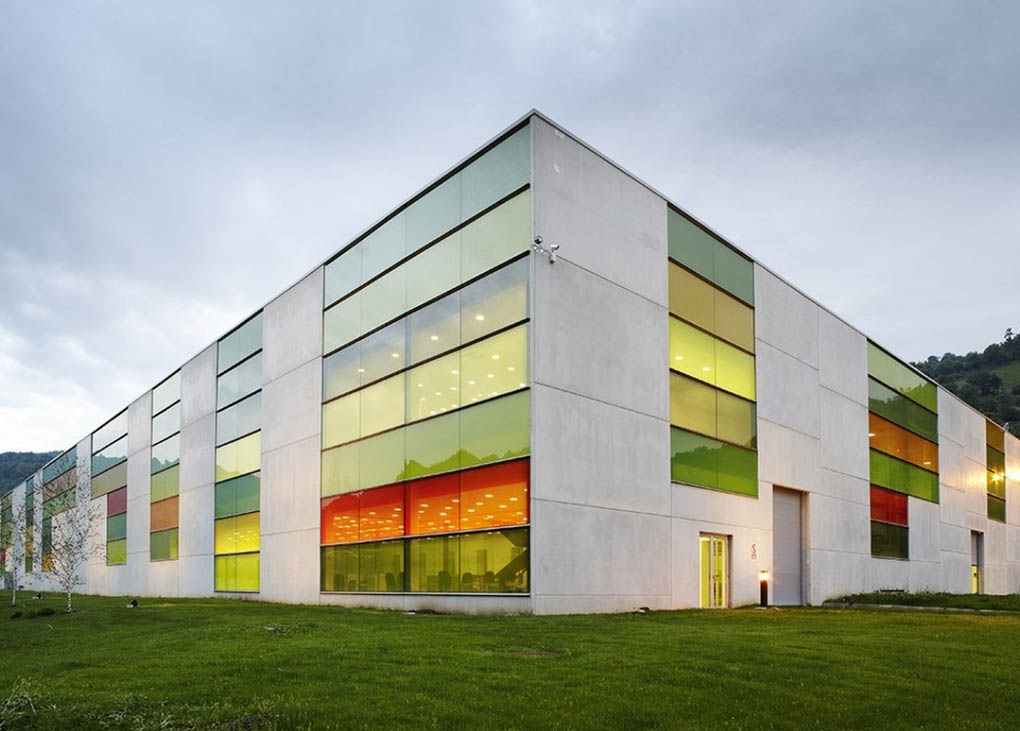A holistic sustainable design approach helps future-proof industrial buildings. Without it, such structures, often costing billions to construct, risk being left behind as “stranded assets”.
So say the Australian and New Zealand Green Building Councils in a new report, Green Star in focus: The case for sustainable industrial buildings. The report warns of the risk of significant industrial assets becoming stranded if they can’t show that they are low or zero carbon.
“Key logistical and industrial buildings being built in New Zealand and Australia between 2020 and 2030 … could risk becoming stranded assets, undesirable for use or investment,” the report warns, “if sustainable building and design practices are not embraced and independently certified.”
More importantly, the report explains that the wherewithal is available now to build more sustainable buildings that will meet investors’ growing demand for future-proofed investments that adhere to environmental and social governance principles.
“The sheer size of industrial facilities means they can play a big role in increasing rooftop solar PV capacity,” says GBCA CEO Davina Rooney. “If we put solar panels on all industrial facilities in Australia, we could almost double our capacity – from the current 6,500MW to 12,800MW.”
Rooney says that as we accelerate towards a low-carbon economy and society, low- and zero-carbon buildings make sense for investors.
“The science is clear, and there is growing financial pressure, political will, public demand, and legislation driving us towards a zero-carbon world,” Rooney says. “As this shift occurs, buildings that are not zero carbon have a real risk of becoming stranded assets.”
NZGBC chief executive Andrew Eagles says healthier, more efficient, low-carbon buildings are on the way.
“They’re being backed by large financial institutions, international agreements, national legislation, and by businesses who can see the all-so-obvious benefits,” he says. “Most importantly, less polluting buildings are backed by the people working in them.”
As well as highlighting life-cycle cost benefits and added protection for investors, the report also identifies other pragmatic benefits from Green Star-certified industrial assets. These include the ability to tap into green loans, and the health, retention and satisfaction of employees.
 Matt Dillon
Matt Dillon


Leave a Reply